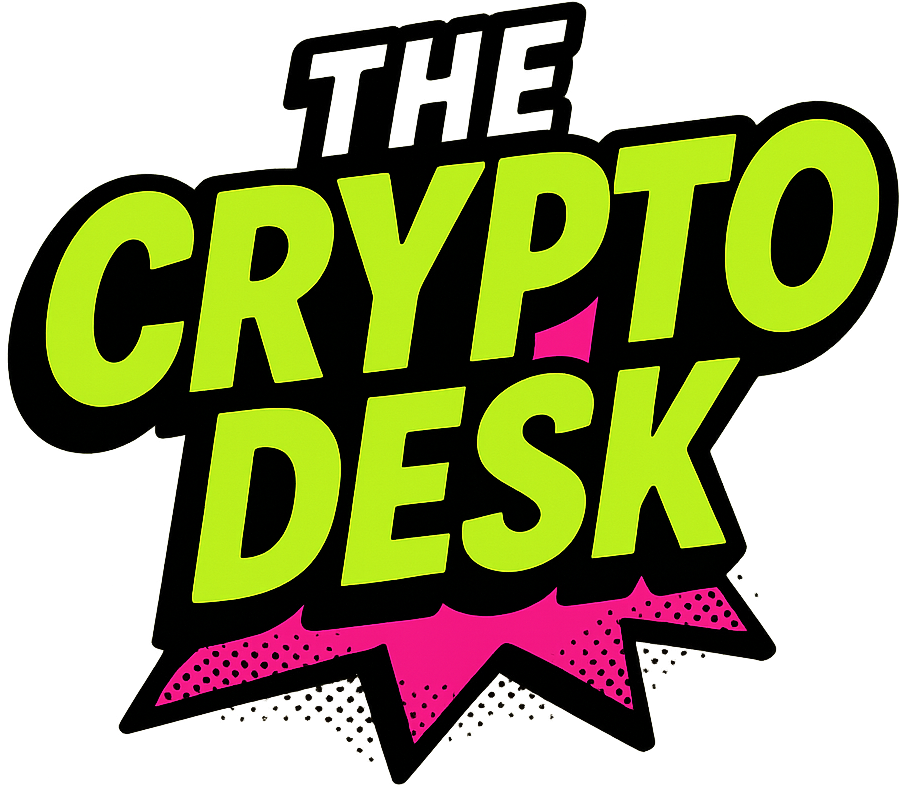The Ethereum Conundrum: Pressure from Rivals and Investor Sentiment Shifts
In a rapidly evolving cryptocurrency landscape, Ethereum stands at a crossroads. Once heralded as the titan of decentralized finance (DeFi), the second-largest blockchain by market cap is now grappling with fierce competition and waning investor interest. A recent report from the Financial Times paints a concerning picture: Ethereum has lost a staggering 40% of its value over the past three months, plummeting to $2,078 per token. This decline has outpaced many of its crypto counterparts, highlighting a critical moment for Ethereum as it works to maintain relevance.
Why This Matters: The Implications for DeFi and the Broader Crypto Market
The significance of Ethereum’s struggle extends beyond mere numbers. As the cornerstone of the DeFi ecosystem, its weakening position raises alarms about the future of decentralized finance itself. With users increasingly drawn to rival platforms offering quicker transaction speeds and lower fees, Ethereum faces an existential threat. What does this mean for developers, investors, and crypto enthusiasts who once believed in Ethereum’s potential as a transformative financial technology?
Technical Challenges and Shifting Paradigms
Expert analysts are dissecting Ethereum’s current plight, with Geoff Kendrick, a digital assets research head at Standard Chartered, characterizing it as a “midlife crisis.” He points to the ongoing technical challenges that have plagued the network, particularly with recent upgrades. As Ethereum becomes overly reliant on Layer 2 solutions to handle transaction volumes, the very essence of its value is called into question.
“Ethereum has essentially commodified itself,” Kendrick warns. This shift to third-party networks for transactions diminishes the unique advantages Ethereum once held. As Carol Alexander, a finance professor at the University of Sussex, observes, the once-bright vision for Ethereum’s DeFi capabilities feels increasingly elusive. “Expectations have substantially cooled, and the whole DeFi dream feels much further away than it did a year ago,” she asserts.
Rising Stars: The Success of Alternative Blockchains
While Ethereum’s network activity stagnates, competitors like Solana are thriving, largely due to their lower costs and faster transaction processing times. In a surprising twist, memecoin trading—primarily occurring on Solana—has surged, amassing $721 million in just six months. By comparison, Ethereum’s transaction fees for the same period totaled $824 million, illuminating an interesting trend: users are increasingly looking for what’s fresh and engaging in the bustling crypto marketplace.
Expert Opinions: Perspectives from the Frontlines
Industry experts are weighing in on Ethereum’s declining appeal. Adam McCarthy from Kaiko emphasizes that “Ethereum is just not interesting to most people anymore.” The allure of innovative engineering struggles to hold attention in an arena filled with novel and exciting alternatives. Meanwhile, David Lawant from FalconX highlights a troubling shift as Ethereum loses both crypto-savvy users and interest from institutional investors. March saw a $401 million net outflow from US ETFs focused on ether, erasing earlier gains made this year.
This evolving landscape signifies a broader transformation within crypto markets. As speculative trading—most notably driven by memecoins—draws interest away from intricate financial applications, Ethereum’s foundational claims as a decentralized financial powerhouse become increasingly tenuous.
Future Outlook: Navigating Uncertainty in a Competitive Space
What lies ahead for Ethereum? The strains of competition and regulatory challenges continue to loom large. Without clear legal frameworks and significant adoption beyond the youthful crypto circle, Ethereum’s future as the premier platform for financial innovation remains uncertain. In fact, Standard Chartered has deeply revised its forecast, signaling weak institutional interest and pointing to the challenges posed by faster alternatives like Solana. Could this be a harbinger of a lasting shift in the blockchain paradigm?
Frequently Asked Questions: Unpacking Ethereum’s Challenges
What’s the impact of Layer 2 networks on Ethereum? Layer 2 solutions indeed alleviate congestion and lower costs but inadvertently divert traffic away from Ethereum’s primary blockchain, raising questions about the core network’s value.
Does this shift threaten ETH’s price? It potentially could. Diminished demand for Ethereum’s mainnet might weaken its position as the cornerstone of the ecosystem, ultimately affecting the long-term valuation of ETH.
How is Ethereum’s outlook shaping up for 2025? Analysts have slashed their predictions, citing lackluster institutional engagement and heightened competition from nimble platforms like Solana.
Why is Solana gaining an edge? Solana’s rapid transaction speeds and minimal fees resonate strongly with traders, particularly in meme-fueled market conditions, undermining Ethereum’s once commanding lead.
Conclusion: A Call to Engage
As Ethereum navigates these turbulent waters, the questions surrounding its future grow ever more pressing. What innovations can restore its dominance in DeFi? Will the community rally to reclaim the spotlight, or is it time to embrace the changes brought about by new players? We invite you to share your thoughts—what do you think is next for Ethereum? Let’s discuss!

